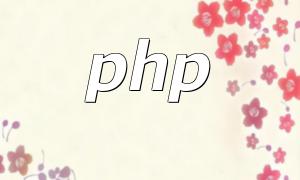In PHP, the self keyword is used to access the static members or static methods of a class. When using self, it refers to the current class. In other words, when self is used in the class definition, it represents that class itself; when used inside a method, it refers to the class of that method.
Using the self keyword in a persistent memory web server helps PHP handle your program more efficiently because PHP doesn't need to keep searching for static members or methods in the base class. By using self, PHP knows exactly that the method or property belongs to the current class.
Typically, static members or methods are added to a class to be independent of any object, meaning these methods are called at the class level rather than for each object instance.
The self:: keyword is used in two primary cases in PHP:
In static methods, the self keyword is used to call static methods or static properties:
The above code defines a static class Example and a static method sayHello. In the method, we use self::$name to access the current class's private static property $name. The final output will be:
In non-static methods, the self keyword is used to represent the current class. In the following example, we define a non-static method called getName() that uses self:: to get the class name:
This program will output:
The self keyword in PHP is used to access static members and methods, and to represent the current class. It is a very important keyword in PHP development, especially when working with static methods. Mastering the self keyword helps to improve program efficiency and readability while maintaining clean and optimized code.









